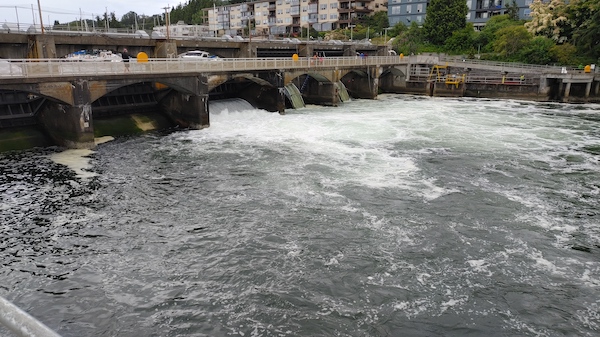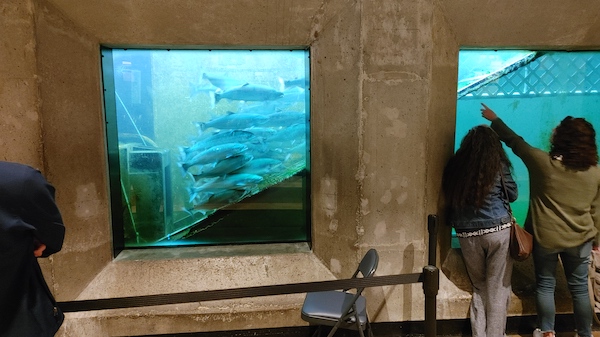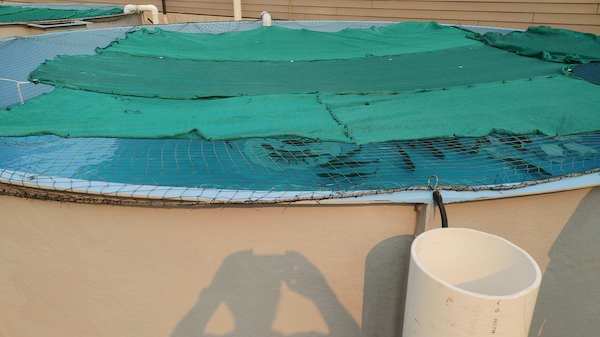
Crews Again Taking Lake Washington Sockeye Directly To Hatchery
Year two of shuttling Lake Washington sockeye around the ship canal and lake itself is detailed in a Sunday Seattle Times story.
Columnist Danny Westneat reports that state, tribal and utility crews plan to capture and transport 900 of the salmon from the Ballard Locks directly to special tanks at a hatchery on the Cedar River.

That’s more than triple the number of last year’s fish, an experiment that enjoyed wild success, at least in terms of preventing prespawn mortality. All but two of 2021’s sockeye shipment lived to be spawned in the fall.
I wrote about year one of the plan and how it fared in a pair of articles.

Westneat reports that the 900 adults can produce more than a million fry; “The hope is that’s enough to not only prop up the run, but grow it,” he states.
Lake Washington sockeye returns have plummeted over the last 20 years, from as many as 417,089 in 2006, the last time we had a fishery, to as few as 16,825 in 2019. This year’s forecast is for an all-time low of 10,165; 3,534 have been counted at the locks through the end of June.
The fish are essentially a punching bag for most of their lives. They suffer heavy predation in Lake Washington from native and nonnative species as they rear a year, then brave the North Pacific, and most years when they hit the ship canal, it’s too warm and disease ridden, so large portions of the run die before they ever reach the Cedar River.
But state and tribal managers are not ready to throw the towel in.
“This is a full-on life support effort,” WDFW district biologist Aaron Bosworth told Westneat. “It’s necessary, but it’s definitely a sad day in the story of this salmon run.”
Some folks are ready to give up, believing energy could and should be focused elsewhere, and the Times writer notes this effort, while “noble” is also an “absurdist situation.”
“We’ve driven salmon to the brink. Now we’re literally driving them to try to save them,” Westneat writes.

I’ve been covering Lake Washington sockeye runs and issues since partaking in the final few fisheries and over the years have talked about it a ton with Frank Urabeck, including just a few days ago after he’d watched the crews begin this year’s effort.
“If we save the sockeye run, I won’t be able to see it because of my age,” he told me.
Maybe so, but it’ll be because of folks like him who leaned in their whole lives to try their damndest to head off the extinction of a local treasure and save it for the rest of us.

